Blockchain is on the verge of disrupting several industries, including trading. The applications of Blockchain in Trading for the financial sector are wide-ranging and vary from payments, clearing, settlement, and security to compliance.
The invention of Blockchain technology has transformed the world. It has gained more popularity in the last decade due to its decentralized nature. This blog explains all you need to know about blockchain and the applications of Blockchain in Trading.
We cover:
- What is Blockchain?
- Components of Blockchain
- How does it work?
- Advantages of Blockchain Technology
- Challenges in Blockchain Technology
- Applications of Blockchain Technology
Also Read: Feet Finder App Reviews
What is Blockchain?
Blockchain refers to the chain of blocks where these blocks contain data in a digital format. It is a decentralized database or ledger that uses computer network nodes to transfer the data. The technology was initially developed to maintain security and distribute records of transactions in cryptocurrencies. It also ensures data authenticity and protection, eliminating the need for a centralized governing system.
Components of Blockchain
The essential components of a blockchain are:
Shared Ledger
As seen, the block in the blockchain is a data structure that stores and maintains data. The blocks are integrated into previous blocks chronologically. As a result, the blockchain is a digital ledger that tracks and records data within the network. It maintains the information on multiple transactions by maintaining a shared ledger across nodes.
Network Nodes
A blockchain network derives information from multiple resources panned across networks. Adding data to the networks may be voluntary or based on instructions. Therefore, network nodes monitor and manage the copy of the ledger.
Consensus Algorithm
Blockchain leverages a consensus algorithm to identify a node responsible for adding the adjoining block into the chain. The nodes compete as per the consensus algorithm. The winning node adds the new block to the blockchain to claim a reward. These winning nodes are known as miners.
The consensus algorithms that help identify winning nodes are:
- Proof-of-Capacity,
- Proof-of-Burn (PoB),
- Proof-of-Elapsed Time, and
- Practical Byzantine Fault Tolerance (PBFT), etc.
How does blockchain work?
The data structure is a crucial difference between a traditional database and a blockchain. Blockchain collects data from various sources and stores them in “blocks”. The blocks have a limited storage capacity and are closed once they are infused with data. It creates and links another block to the previous blocks and develops a chain of data called the blockchain. The process adds new data sets and information to a block and links the new block to the chain in chronological order.
A traditional database structures data into tables. On the other hand, blockchain divides the data into chunks and adds data while creating and connecting newer chunks in the chain, leveraging cryptography. Although blockchain is a decentralized database, it uses chronological order to maintain the data.
Advantages of Blockchain in Trading
According to a report by Custom Market Insights, “The global blockchain technology market size was estimated to be around USD 4.8 billion in 2021 and is expected to reach USD 69 billion by 2030, with a CAGR of roughly 68% between 2022 and 2030.”
Therefore, blockchain has been a subject of interest in the financial industry. Some of the key advantages are:
High-level Privacy and Security
Blockchain uses the Public Key Infrastructure or PKI to encrypt and authenticate to make it pseudonymous. Every user can possess a PKI to authorize and verify transactions keeping their data confidential. The PKI works as an ATM pin or a UPI that confirms a transaction, and only users must know it.
Therefore, it quickly authorizes a user in the network through the PKI without disclosing confidential information. Hence, it easily maintains the security of confidential information and authenticates the user.
Transparency Mechanism
Blockchain can benefit by monitoring transactions and automating systems for verification. It also helps monitor, block, and alert users in case of unsolicited attempts. Moreover, it designs and develops a robust transaction platform to implement security protocols using blockchain ledgers. Therefore, the ledgers offer authenticated users the record of transactions with complete transparency.
Automation in Trading Activities
Blockchain leverages smart contracts to carry out trading activities. It mitigates intermediaries, reduces operational risks, and offers a fast-trading infrastructure. Traders and financial institutions can use blockchain to settle trades within minutes. It also streamlines real-time data to provide optimum results and improves transparency.
Cost of Data Breaches
While executing various trading tasks and processes, traders often use sensitive information. Protecting and securing information is pivotal to avoid any data breaches. The use of blockchain offers security to the data, which avoids litigation and losses due to the breach. It also decreases the chances of downtime due to a breach. Hence, it helps save additional costs that traders may incur to secure confidential information.
Provides Immutability
The term immutability refers to an entire state of an object or system. Once a block is integrated, it cannot be transformed or changed in a blockchain. Further, any changes to the data are added as a new block in the chain and used accordingly. This eliminates the manipulation of data. It leverages cryptography and consensus algorithms to chain the blocks. Hence, it obstructs any attempts by attackers and hackers to carry out malicious activities.
Challenges in Blockchain Technology
Blockchain is an emerging technology. Users are discovering its vast potential across industries and trying to innovate solutions. Therefore, some challenges in blockchain are:
- Understanding its potential to bring innovation, blockchain is still of minimal use across industries.
- It also generates costs due to redundancy when each node keeps a copy of the ledger. Moreover, immutability adds to the redundancy as users can only add revised data and not replace the original.
- Components like consensus algorithms require heavy use of computer abilities and energy, which increase with each block.
Applications of Blockchain Technology in Trading
Blockchain technology has great potential due to its high power to offer solutions. Hence, here are some ways in which blockchain can enhance trading activities:
Transactions Across Markets
Modern traders often trade across multiple financial markets. Traders require robust security and efficiency to implement trading activities that carry sensitive information. Blockchain leverages its features to safeguard various transactions across markets.
Further, blockchain-based systems provide solutions for capital markets. It helps clear and settle transactions, audit transaction data, improves operational insights, synchronizes communications, etc.
Enhancing the use of Cryptocurrency
Cryptocurrency leverages blockchain features like digitalization, decentralization, transparency, etc., to store data. The digital currency also uses cryptography to maintain security protocols and authorize users. For instance, Bitcoin was the first Cryptocurrency, and blockchain was at its foundation. The popularization of Bitcoin also pushed the use of blockchain.
Further, there are multiple cryptocurrencies in the market, and traders must analyze opportunities and risks while investing. It is essential to leverage blockchain capabilities and enhance skills in crypto trading strategies by learning through courses.
Blockchain offers its functions to secure and decentralize cryptocurrencies, making them impossible to manipulate. Cryptocurrency has been the most significant phenomenon in recent times and will considerably impact the future. Therefore, with the increase in popularity and usage, Cryptocurrency has entered the trading markets. Hence, blockchain can help track various transactions during trading activities since there is no governing center for cryptocurrencies.
Trading with Smart Contracts
Smart contracts refer to agreements between two or more parties in a transaction. The agreement defines a set of conditions executed automatically. For instance, trading across markets may take place virtually. It could be between two people across the globe who want to implement protocols without involving third-party mediators. Hence, blockchain can enable intelligent contracts between the parties and analyze the data to ensure they adhere to the protocols.
Maintaining Digital Identity
Trading platforms maintain the integrity of their investors and customers through digital identities. Modern trading platforms carry sensitive information like bank account details, financial statements, biometric scans, etc. Hence, trading platforms require high-security protocols to monitor user behavior and analyze data to identify breaches. Blockchain can help increase security, accountability, and efficiency in analyzing data. It can also leverage its decentralized mechanisms to protect confidential information by identifying risks and cyberattacks.
Conclusion
Blockchain is a cutting-edge technology that has benefitted the financial industry. It has been the backbone of cryptocurrencies, helps with trading activities, and monitors transactions. The decentralized technology has multiple applications in various industries. Traders and institutions leverage their decentralized features to offer more efficiency in the process. Hence, the block has proven to be a boon for trading by integrating security, decentralization, and scalability in various solutions.
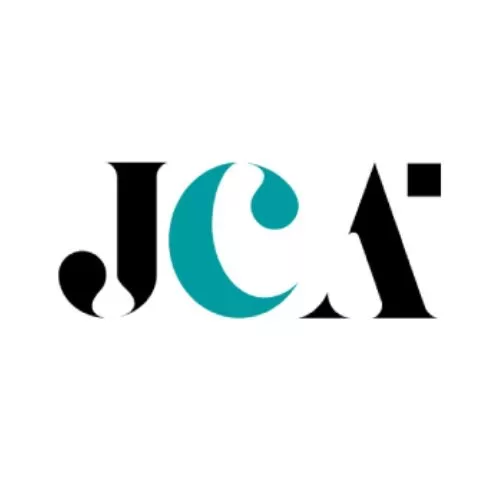



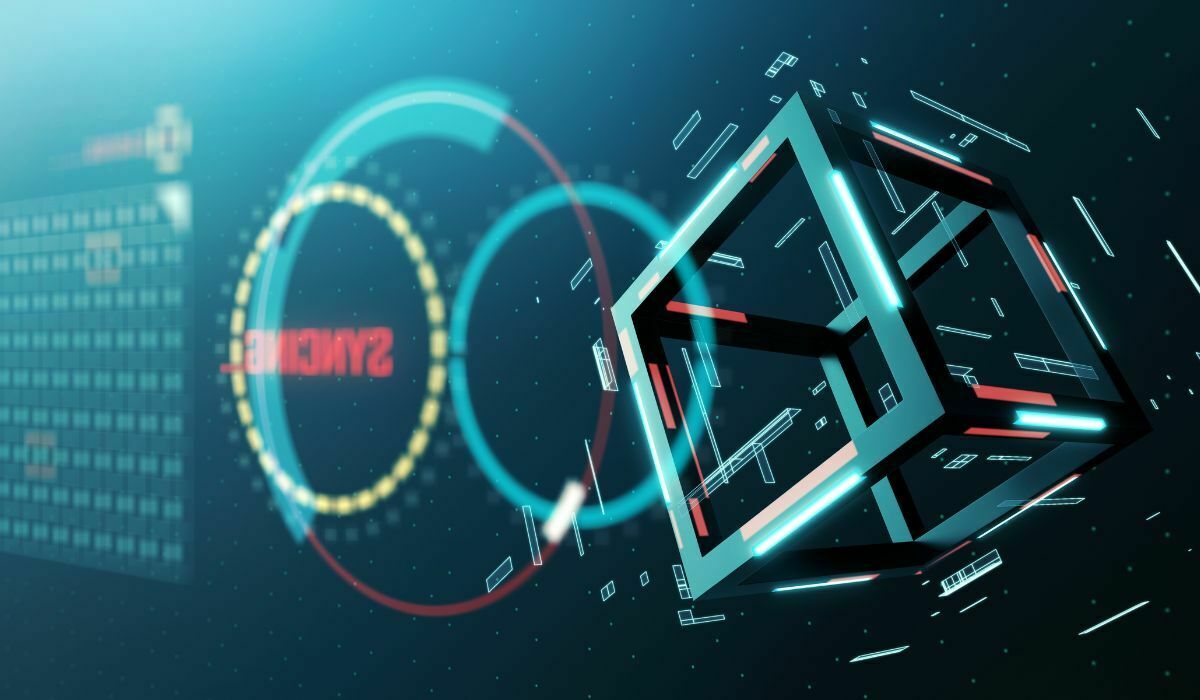
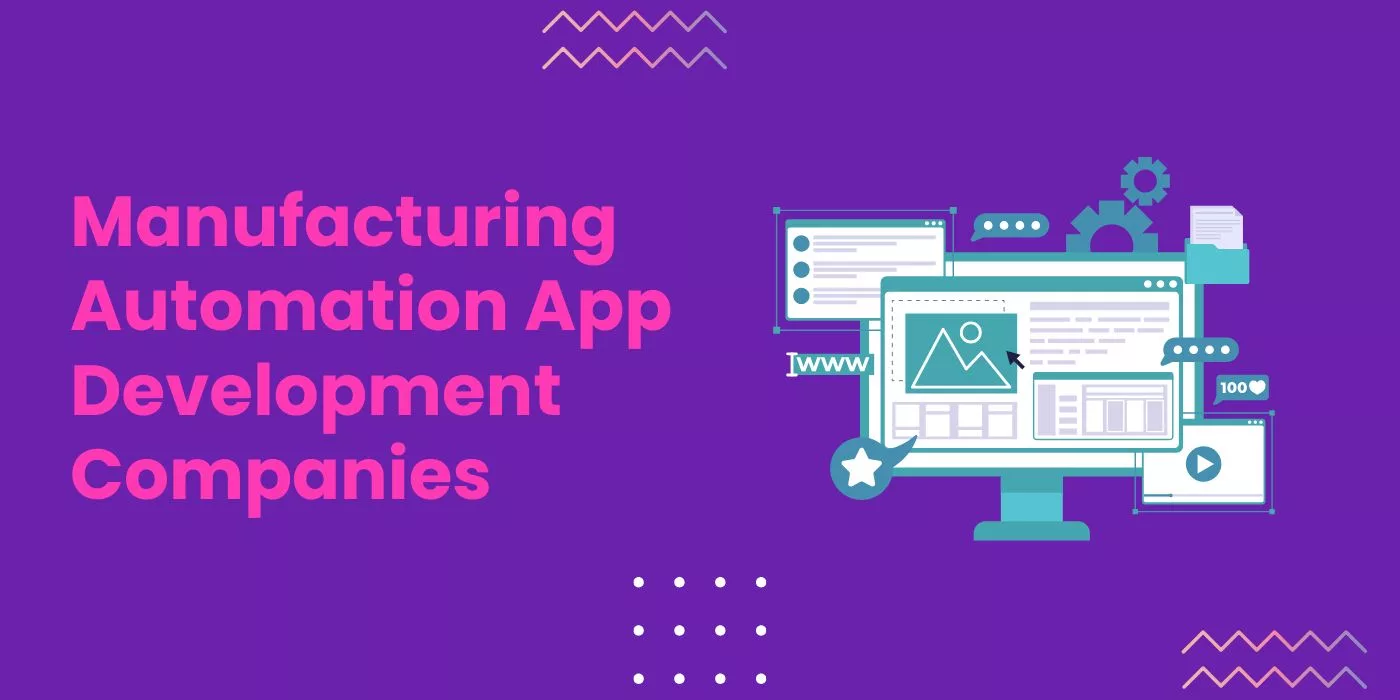


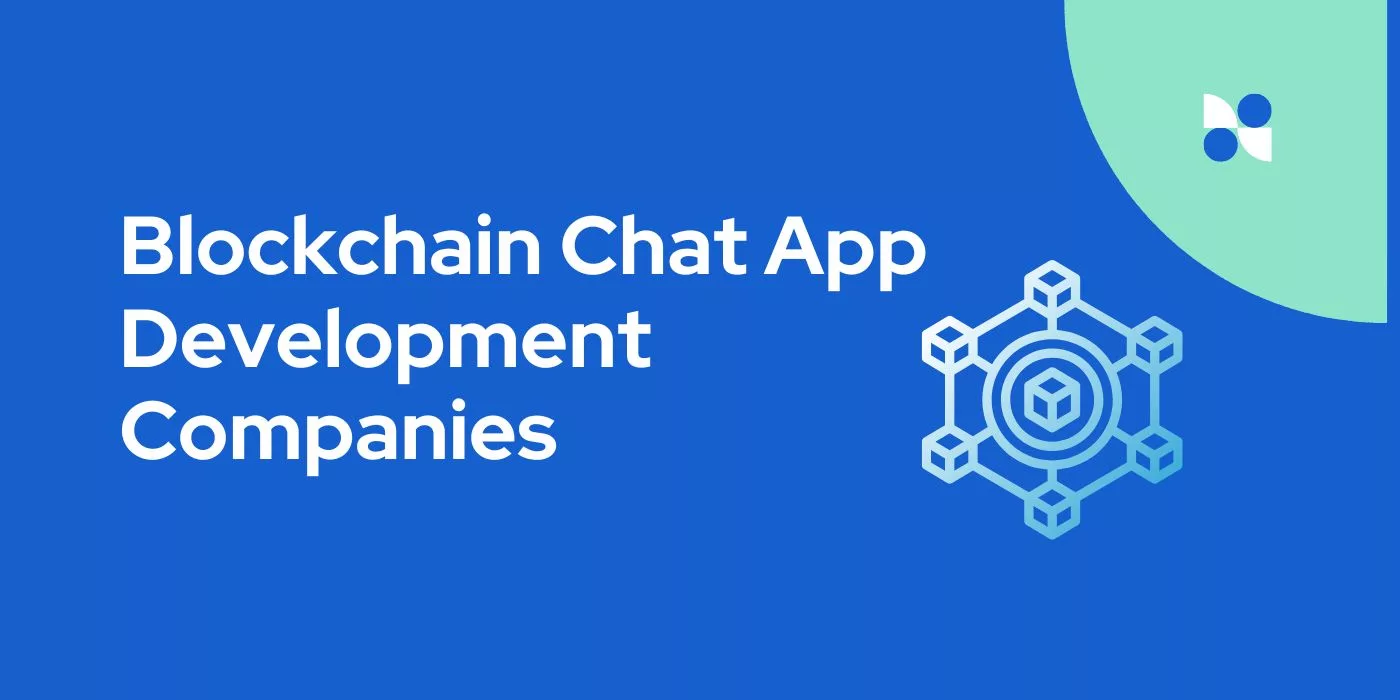
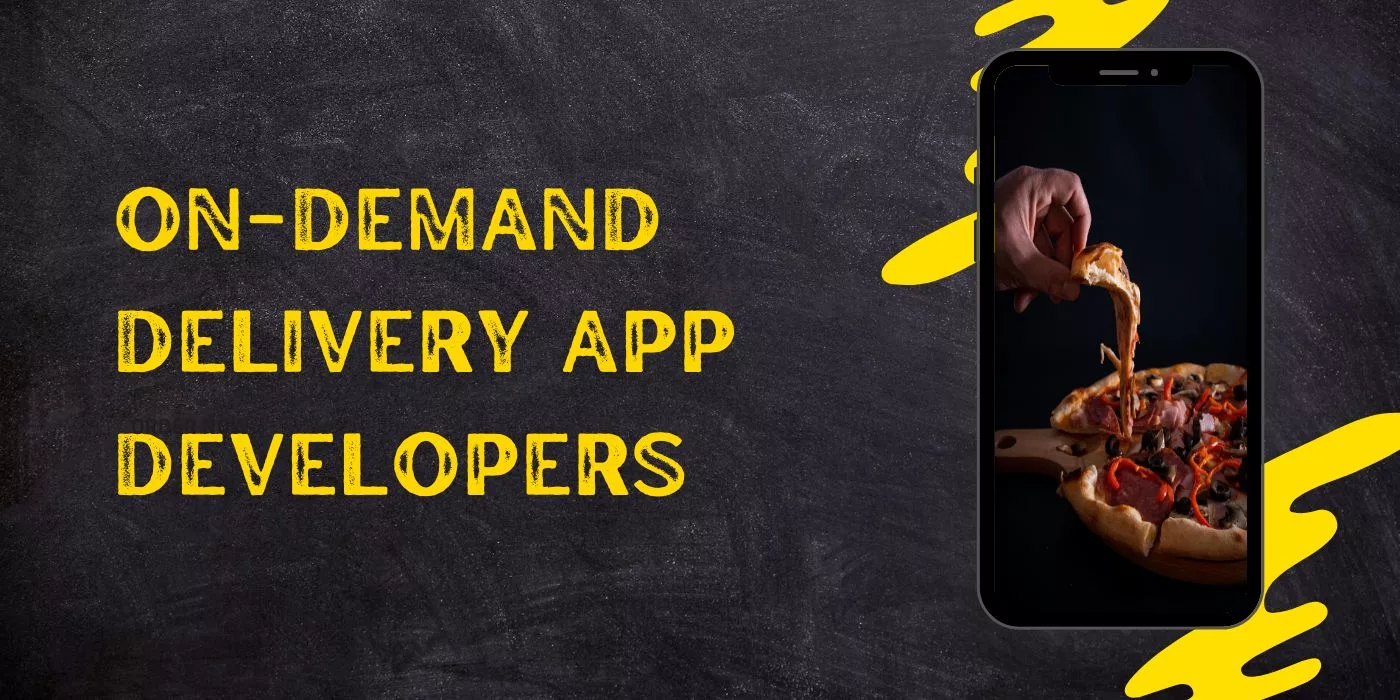
Leave a Reply